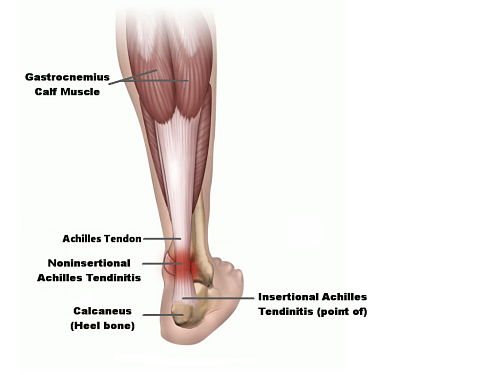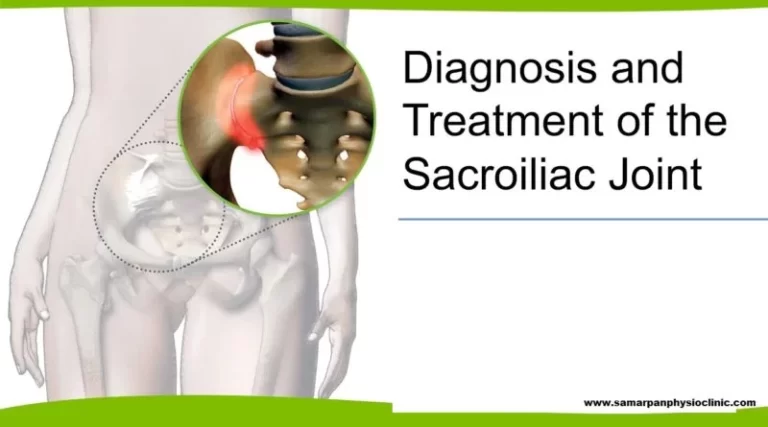Perthes disease
Perthes disease is a rare childhood condition that affects the hip. It occurs when the blood supply to the rounded head of the femur (thighbone) is temporarily disrupted. Without an adequate blood supply, the bone cells die, a process called avasculaAlthough the term “disease” is still used, Perthes is really a complex process of stages…






